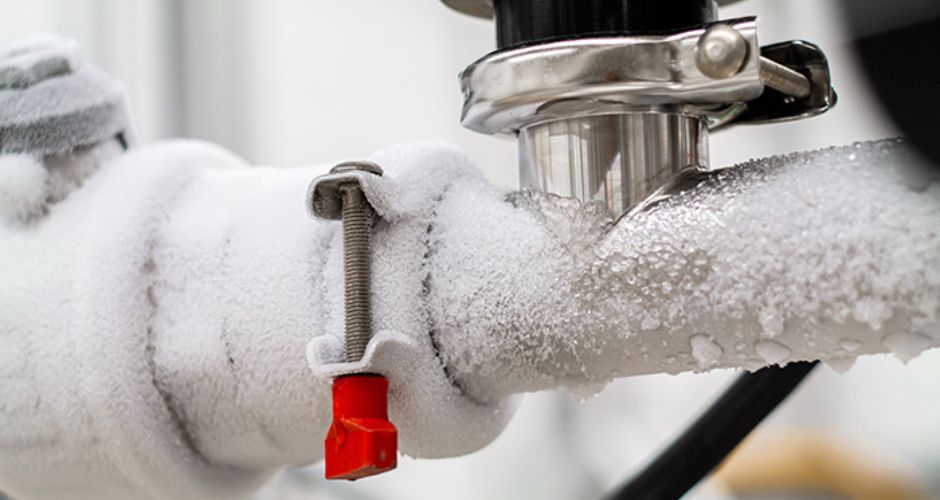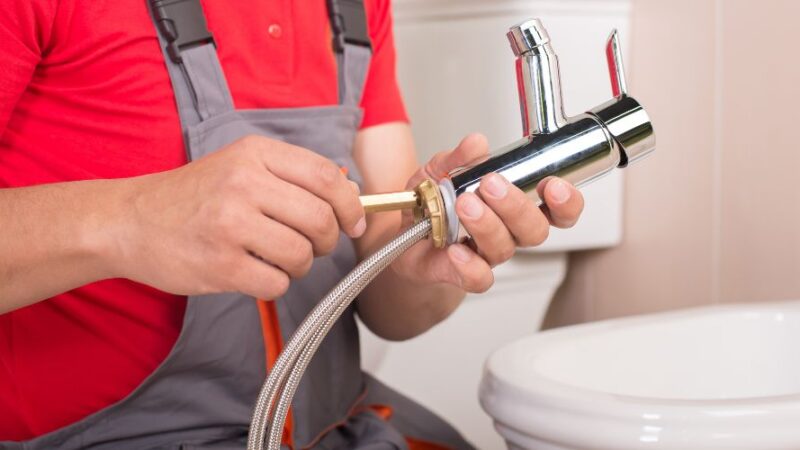How to Prevent Pipe Freezing in Winter

As winter temperatures drop, frozen pipes become one of the most common and costly issues faced by homeowners and businesses alike. When water freezes inside a pipe, it expands, which can lead to pipe bursts, leaks, and water damage. The good news? Frozen pipes are entirely preventable with the right steps.
This comprehensive guide covers everything you need to know about how to prevent pipe freezing in winter-complete with expert tips, practical solutions, and maintenance advice.
Why Do Pipes Freeze in Winter?
Water expands when it freezes. If the water inside a pipe turns to ice, it puts immense pressure on the pipe walls. Whether your pipes are made of plastic or metal, they can crack or burst due to this pressure. This is especially a concern in:
- Unheated areas (e.g., basements, attics, garages)
- Pipes running along exterior walls
- Homes or buildings with poor insulation

Dangers of Frozen Pipes
Before diving into prevention, let’s understand the risks associated with frozen pipes:
- Burst Pipes: Frozen water expands and may rupture the pipe, leading to significant water leaks.
- Flooding: A single burst pipe can release gallons of water, damaging walls, floors, furniture, and electrical systems.
- Mold Growth: Lingering moisture from leaks fosters mold and mildew, affecting indoor air quality.
- High Repair Costs: Replacing pipes and repairing water damage can cost thousands of rupees or dollars.
How to Prevent Pipe Freezing in Winter
1. Insulate Exposed Pipes
Use foam pipe insulation sleeves or wrapping tape to cover pipes in unheated or exposed areas. This is especially important for:
- Garage pipes
- Crawl spaces
- Under kitchen and bathroom sinks
- Outdoor spigots
Tip: Pay extra attention to elbows, joints, and fittings.
2. Seal Cracks and Gaps
Check for air leaks in pipes, especially where they enter your home through walls, floors, or ceilings. Use caulk or expanding foam to seal these gaps.
Why it helps: Cold air entering through even tiny openings can quickly freeze nearby pipes.
3. Keep Indoor Temperatures Consistent
Maintain a steady temperature inside your home-ideally above 55°F (13°C)-even when you’re not home. Never turn off the heat completely.
Pro tip: Use a programmable thermostat to manage this automatically.
4. Let Faucets Drip
During extremely cold nights, allow a small stream of cold water to trickle from faucets connected to exposed pipes. Moving water is less likely to freeze.
- This is especially useful for pipes located in exterior walls or far from the main water source.
5. Open Cabinet Doors
Leave kitchen and bathroom cabinet doors open to allow warm air to circulate around the plumbing-especially under sinks.
Useful when: The sink is installed along an exterior wall.
6. Disconnect Garden Hoses and Drain Outdoor Lines
Before the first frost:
- Detach garden hoses
- Shut off water supply to outdoor faucets
- Drain the water from outdoor pipes and sprinkler systems
Add a faucet cover for extra protection.
7. Install Heat Tape or Pipe Heating Cables
These are electrical devices that wrap around pipes and warm them during extreme cold.
- Choose manual or thermostat-controlled options
- Make sure the product is UL-listed for safety
Warning: Always follow manufacturer guidelines to avoid fire hazards.
8. Upgrade Insulation in Vulnerable Areas
If you’re building or remodeling your home, install high-quality insulation in:
- Basements
- Attics
- Exterior walls
- Crawl spaces
This long-term investment helps reduce heating costs and prevents freezing issues.
9. Keep Garage Doors Closed
If you have plumbing lines running through the garage, keep the doors closed to prevent cold air from seeping in and freezing the pipes.
10. Use Smart Home Devices
Install smart water leak detectors and temperature sensors near vulnerable pipes. These can alert you to potential freezing conditions or leaks via smartphone apps.
What to Do If Your Pipes Are Already Frozen
If water flow from a faucet is slow or stopped, it may be a frozen pipe. Here’s how to respond:
Step-by-Step Action:
- Shut off the main water supply to prevent flooding.
- Open the faucet connected to the frozen pipe.
- Apply gentle heat using:
- A hair dryer
- Heating pad
- Warm towels
- A hair dryer
- Never use an open flame to thaw pipes-it’s a major fire risk.
If you’re unable to locate the frozen section or it doesn’t thaw quickly, call a licensed plumber immediately.
Bonus Tip: Winterize Your Plumbing Before Leaving for Vacation
If you plan to be away during the winter:
- Shut off the water main
- Drain the plumbing system
- Add non-toxic antifreeze to toilets and drains (only if the property will be unheated)
Tools & Products That Help Prevent Pipe Freezing
Here are a few highly recommended tools you can find online:
- Pipe insulation foam tubes
- Outdoor faucet covers
- Heat cables with thermostats
- Smart leak detectors (like Moen Flo or Honeywell sensors)
- Programmable thermostats for remote heating control
Conclusion
Preventing frozen pipes is not just about avoiding inconvenience-it’s about protecting your home, saving money, and ensuring peace of mind during harsh winters. A combination of insulation, temperature regulation, and vigilance can keep your plumbing safe even when the mercury drops.
Stay proactive, stay warm, and keep your pipes flowing this winter!
Related Articles:
Practical Tips to Prevent Plumbing Emergencies
How Field Service Management Software Can Transform Plumbing




